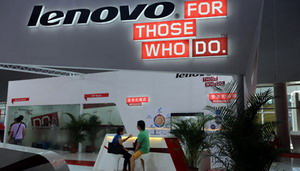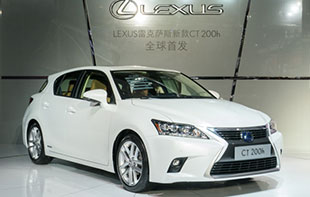

The company follows a "protect and attack" strategy: Protecting its major market base in China to ensure it remains the most profitable for the company while attacking prospective customers in new and emerging markets such as those in Latin America.
It is also aggressively seeking new customers in countries that make up the Association of Southeast Asian Nations (ASEAN), where Lenovo is already a very strong player but is hoping for rapid growth amid a growing middle class and the emergence, in 2015, of a more unified market.
Deals and acquisitions have been at the heart of Lenovo's growth. In 2011, it entered into a joint venture with Japan's NEC Corp and German electronics firm Medion AG. In 2012, it entered into deals with Taiwan-based company Compal Electronics Inc, cloud computing provider Stoneware and server company EMC Corp. This year, it acquired Brazilian electronics firm CCE Ltd.
Now the company is morphing again, from being a PC vendor to being what it calls a PC-Plus vendor - meaning selling not just personal computers, but other computer products such as tablets and smartphones. For the first time in its history, the company sold more phones and tablets than PCs.
At the launch of their new high-end Yoga tablet in Los Angeles last month, Lenovo announced US actor Ashton Kutcher had joined the group as a product engineer. The tech-savvy star's role is to help develop products to compete with Apple's iPad tablet series.
Following Kutcher's portrayal of Apple cofounder Steve Jobs in the recent movie Jobs, Lenovo's celebrity hire will help boost brand awareness. It is a smart move in competing with the industry giants.
|
Special Coverage: Lenovo extends global outreach |
 |
Jenny Lai, an analyst at HSBC, attributed the rapid rise in profits over the last quarter not to PCs, but to cost control and the company's smartphone business.
It would be unfair to call Lenovo a China company; today, it is an undisputed global player. True, the company derives more of its revenues from China than from any other region, but not so much as to be the single dominant line in the revenue chart.
In the third quarter of this year, Lenovo earned $3.8 billion in China, $1.5 billion elsewhere in the Asia-Pacific region, $2.3 billion in Europe, the Middle East and Africa, and $2.2 billion in the Americas.
 Largest span timber arch bridge
Largest span timber arch bridge
 Porsche 911 Turbo S Asian premiere fascinates Auto Guangzhou
Porsche 911 Turbo S Asian premiere fascinates Auto Guangzhou
 Auto Guangzhou witnesses new Porsche sports cars Asia Premiere
Auto Guangzhou witnesses new Porsche sports cars Asia Premiere
 2013 Guangzhou auto show carmakers' eventers
2013 Guangzhou auto show carmakers' eventers
 Models at Volvo pavilion at 2013 Guangzhou auto show
Models at Volvo pavilion at 2013 Guangzhou auto show
 Lexus new hybrid hatch CT200h world premiere in Guangzhou
Lexus new hybrid hatch CT200h world premiere in Guangzhou
 New C-X17 showcases Jaguar's crossover concept
New C-X17 showcases Jaguar's crossover concept
 Acura all-new 2014 MDX comes to China
Acura all-new 2014 MDX comes to China